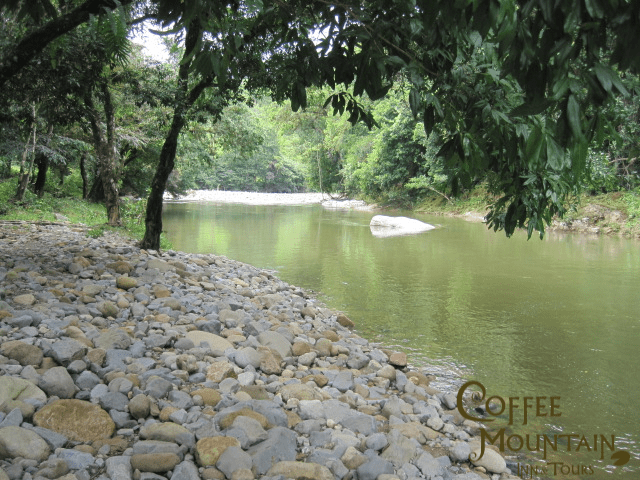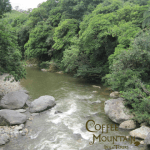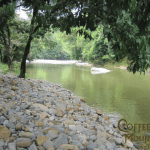
We spotted this guy while we were working in the garden this morning.
The Raising of an Hotel – Timeline in Santa Fe de Veraguas
Take a look at our construction process in Santa Fe, Veraguas – Reminiscing!
My computer hard drive, recently failed, and a side benefit of transferring files to a new computer (because, hey, you just gotta look at the bright side when your computer starts to make gurgling sounds and awkward beeps), I got to take a look at some of the old photos from construction of our B&B over the past year. Hope you enjoy!
For those who don’t know, my husband oversaw construction. Our wedding anniversary is coming up (almost 10 years!), and looking at the time series of pics made me feel all warm, and appreciative of him.
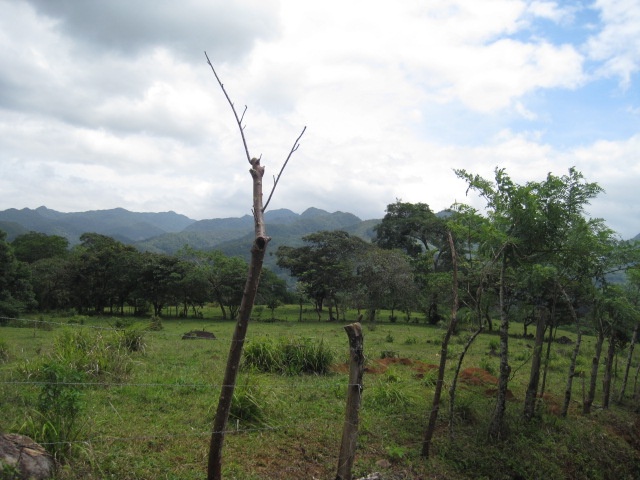




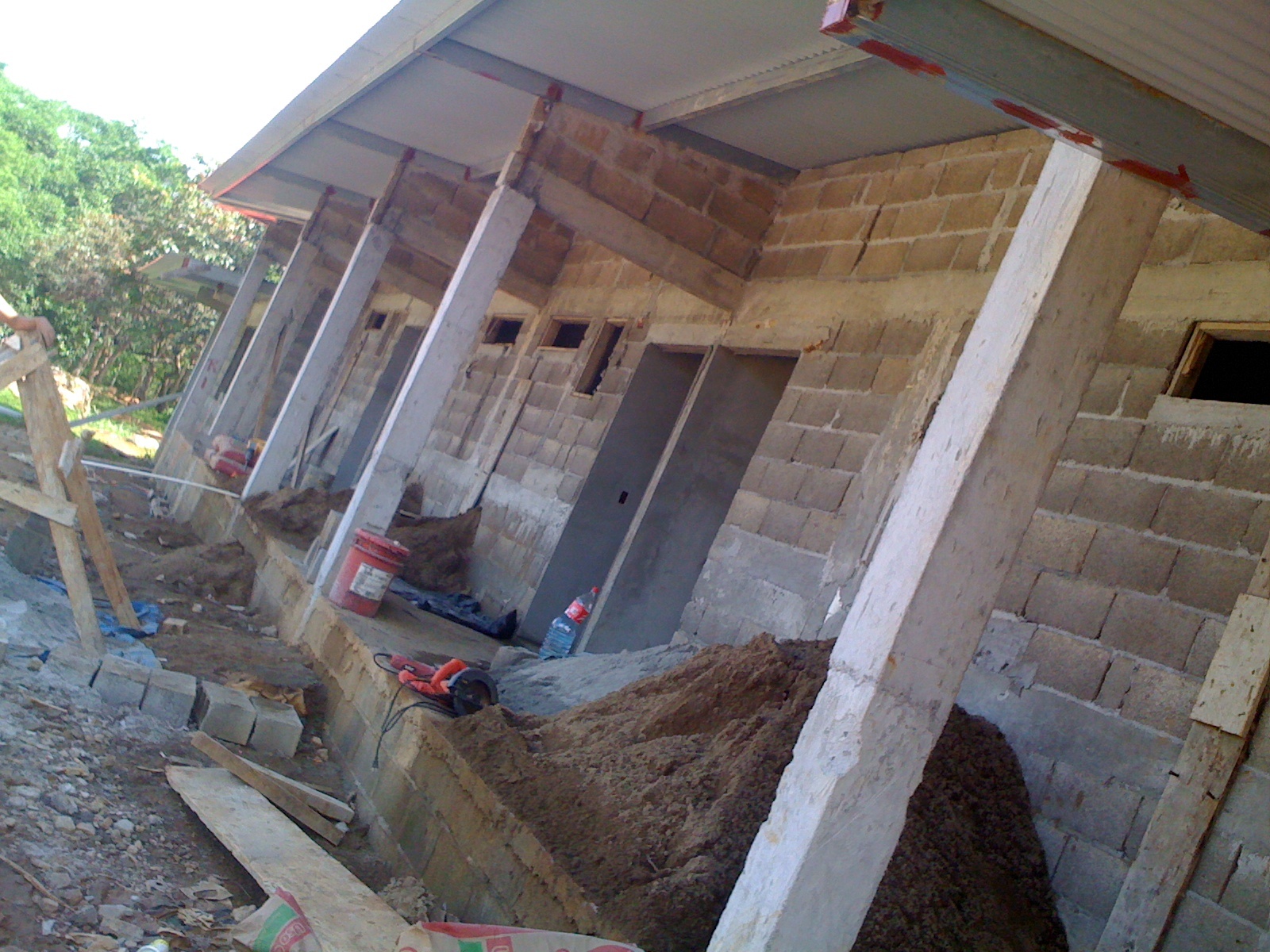
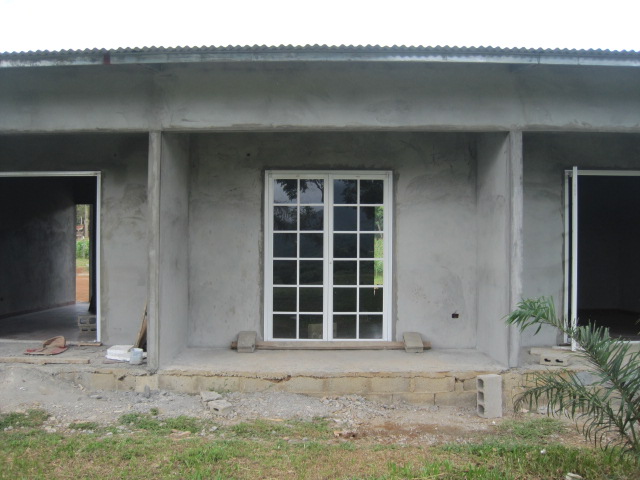
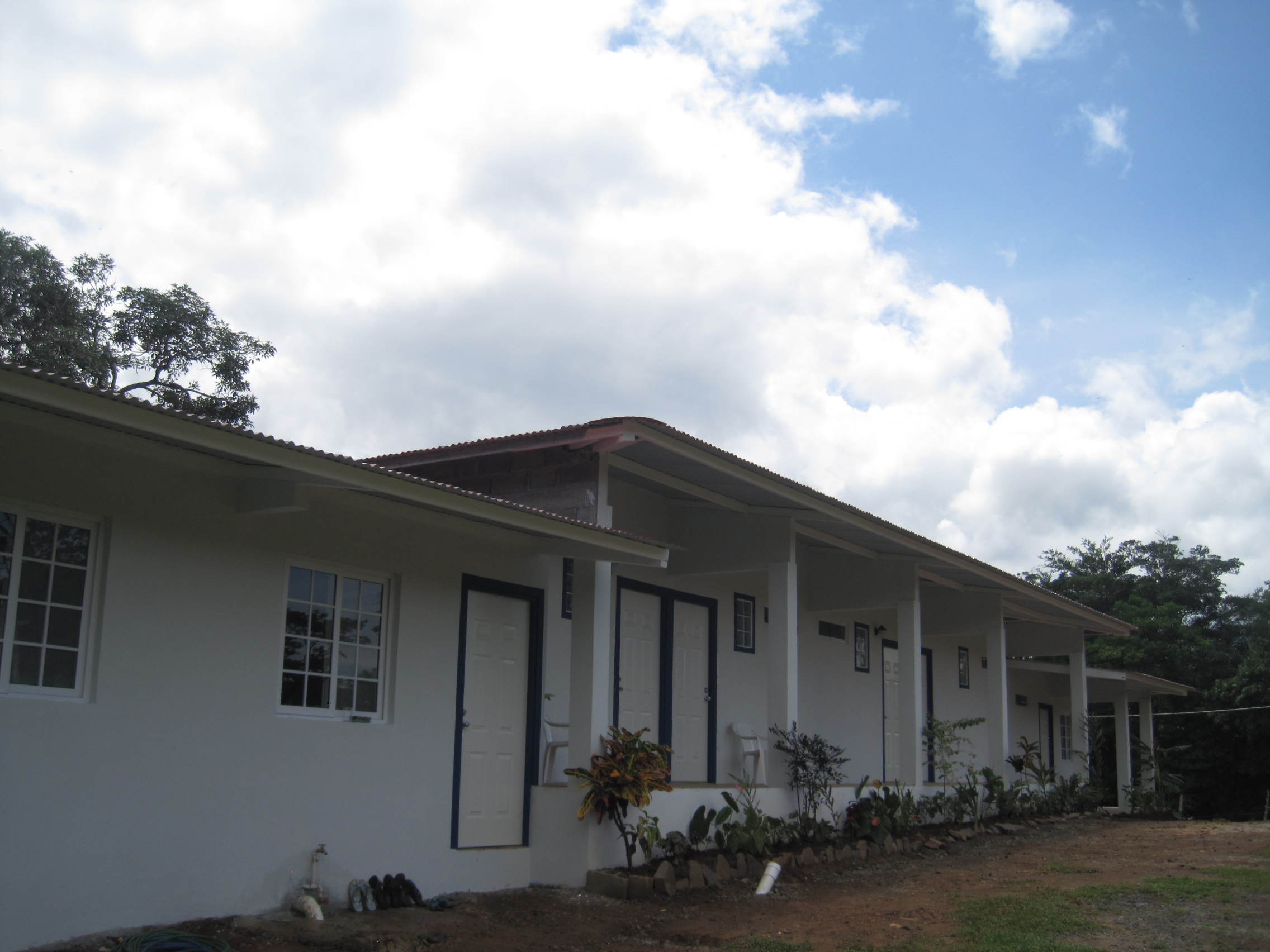
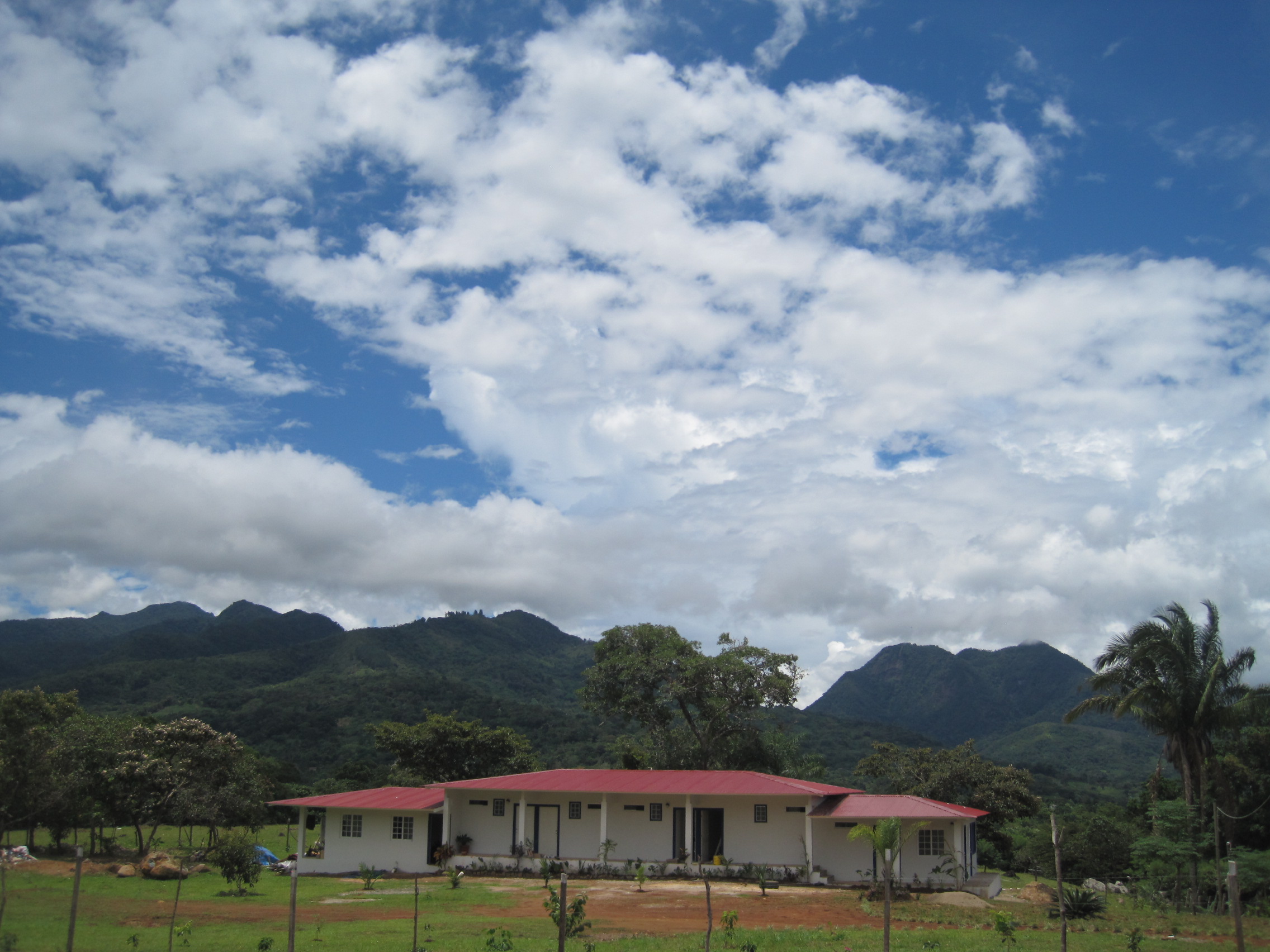

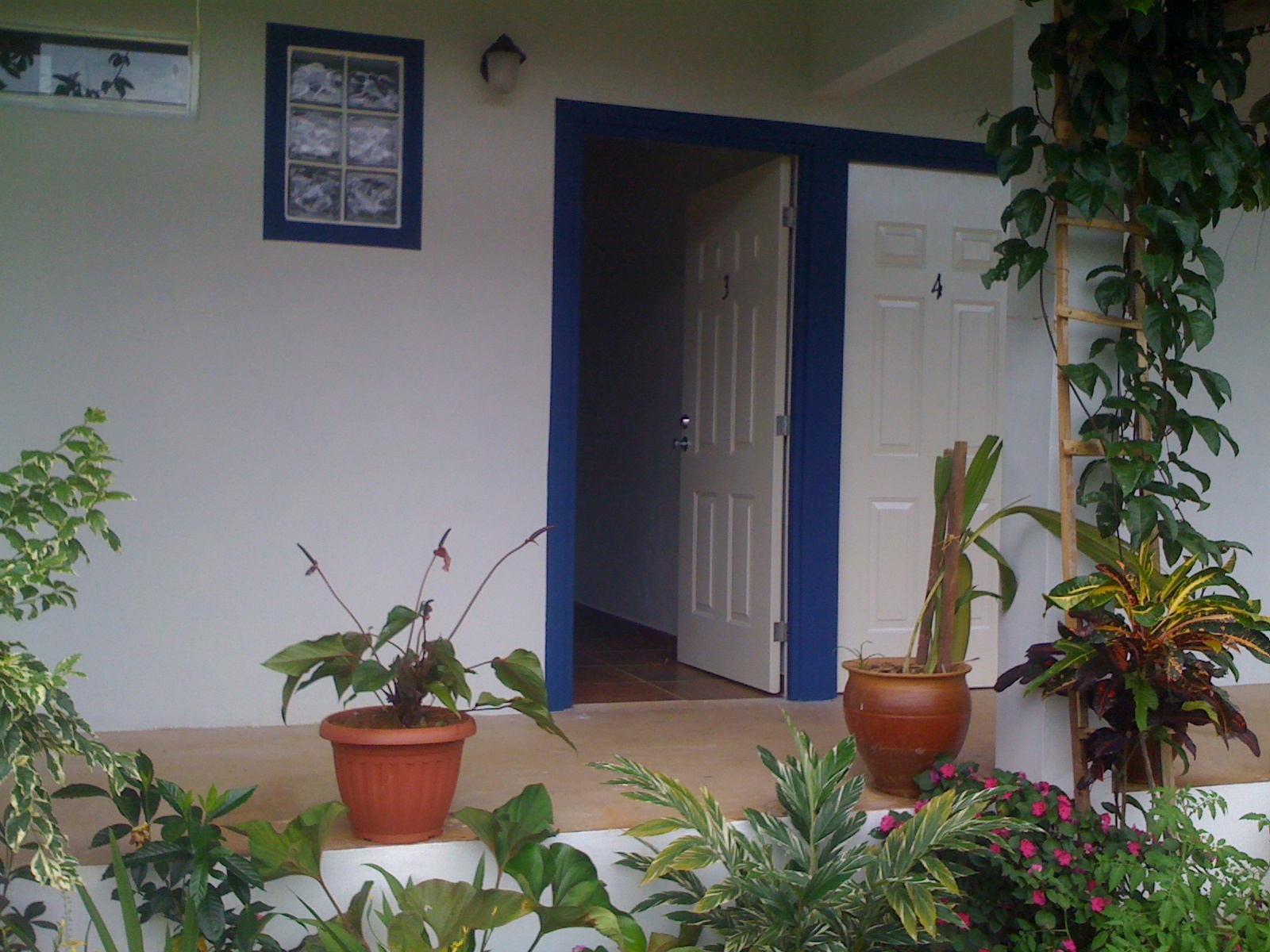
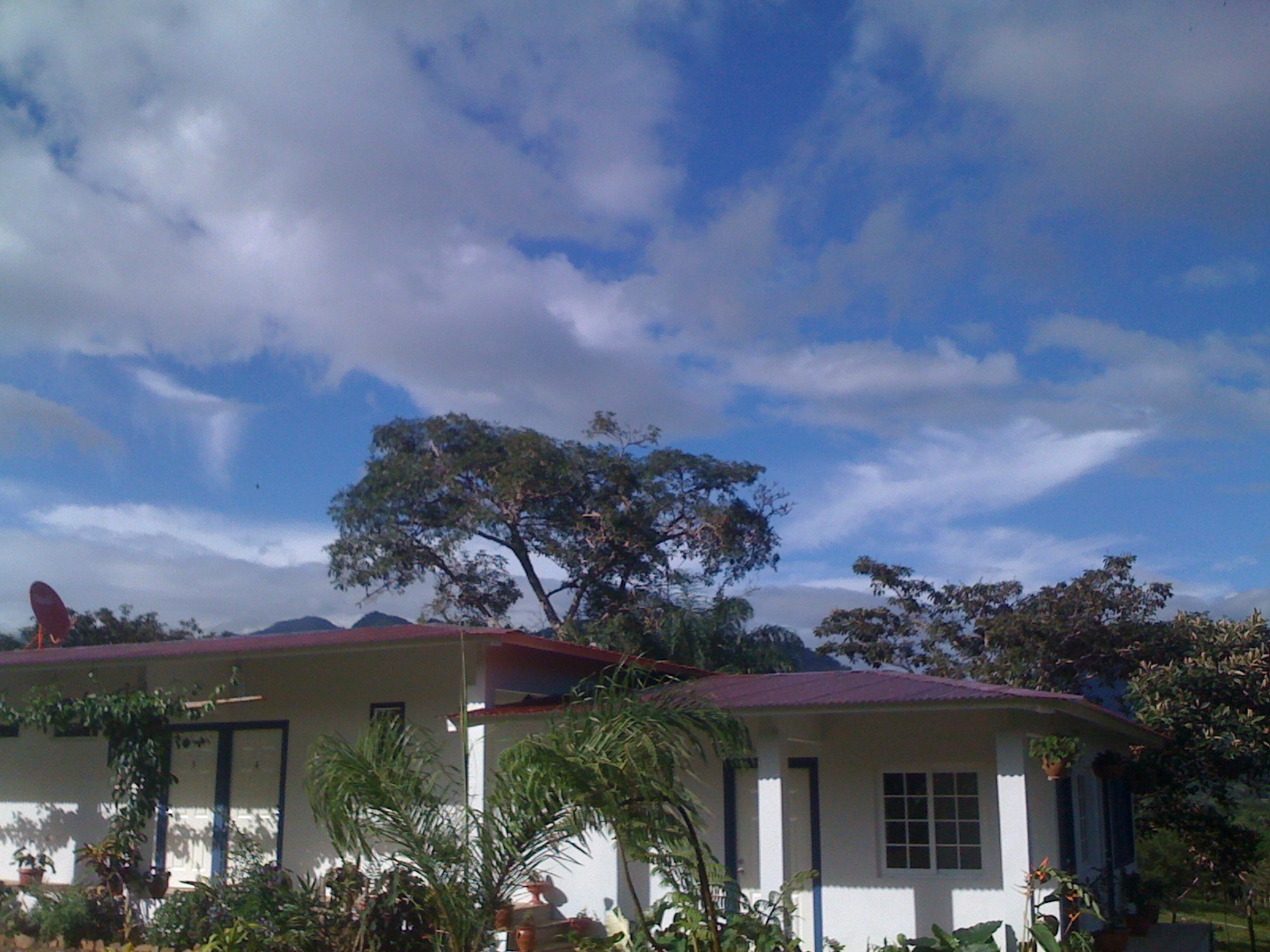
Father Hector Gallego: kidnapped in Santa Fe, Veraguas

In a previous post about the coffee cooperative in Santa Fe, Veraguas, I promised a story about a statue, a priest and a kidnapping. Here we go. Near the town square in Santa Fe, you’ll see one and only one statue – it is Father Hector Gallego who worked in Veraguas from the late 1960s to 1971. He is notable, not only for his faith, but that he stood up for something, and worked towards a future that is greater than himself.
Overview of Father Hector Gallego
In the 1970s, a young Catholic priest from Colombia came to Santa Fe when land and farming was controlled by four main families who were also allied with governmental leaders. He organized the poorer campesinos into cooperatives, suggested a plan for development of Santa Fe to the government, received threats for his work, his house was burned down, and weeks later, he was kidnapped and dragged away one night in full sight of witnesses, and was never seen again. Investigations pointed to involvement of the police (national guard), as well as a couple of accomplices. While a trial was held, there is still much mystery and rumor of additional involvement surrounding the case.
Cooperative in Santa Fe, a Legacy
Today, there are a couple of related cooperatives who trace their beginnings back to Father Gallego’s efforts to mobilize and unite the campesinos for a better future. The coffee cooperative, with its own label, and over 50 small scale farmers is one of them. His statue stands in the town square near the entrance to one of the cooperatives.
Sources:
http://www.oremosjuntos.com/SantoralLatino/JesusGallegoHerrera.html
http://argentina.indymedia.org/news/2008/06/606626.php
Panama: Report of the Commission of Truth
“Jesus Herrera Héctor Gallego. CV-D-Missing 035-01. Santa Fe, Veraguas Province, June 9, 1971.
Record of Hector Gallego victim was 33 years old, a Colombian national. Catholic priest was responsible for the Church of Santa Fe, Veraguas province.
Facts
Father Héctor Gallego was forced by two subjects to be mounted on a jeep with a white top, the night of June 9, 1971, as stated by witnesses Jacinto Peña y Clotilde Toribio de Peña in the summary of the case.
Two men came to the residence of Jacinto Pena Abrego, located in the town of Santa Fe, in the province of Veraguas asking for Father Gallego. The priest woke up and came to the door…. According to (the witness), he could not make out the faces of the people who came, because he was inside the house, while Gallego was talking to these people. But I heard them tell the Father that he should accompany them to headquarters by higher order. “Father refused at first, but then they said something quietly, Father agreed and went into the house to get dressed … asked him (the witness) to be quiet and he (the priest) went with them. Both witnesses saw the how the priest walking between the two men and heard him cry out. They went outside to see what was happening, but the men rushed out of the place with him in the jeep. He was not seen again…Several testimonies of people of Santa Fe have pointed suspicion to the police, and [individuals].
The Truth Commission considered:
a. There is sufficient evidence to conclude that Jesus Hector Gallego Herrera was arrested by the National Police and disappeared while in the custody of the armed forces.
b. Therefore, it can be concluded that it was committed against the violation of their right to life enshrined in Article 19 of the 1946 Constitution, in Article 1 of the American Declaration of Rights and Duties of Man and in Article 3 Universal Declaration of Human Rights, and also violated the principle of good faith in signing agreements and treaties, Article 4 on the right to life, of the American Convention on Human Rights, signed, but not ratified by the Republic of Panama. “
Panama Portal and We are Tour Guides

Last week we had Lauren, from Panama Portal, a website focusing on Panama travel, stop by! Check out her review of our hotel, and trip highlights in Santa Fe:
Our hotel: Coffee Mountain Inn: Highlights about our hotel
The Orchid House in Santa Fe, Panama: Read about the local orchid growers
Wandering the Backroads of Santa Fe, Panama: Local adventures and great views
Swim like a duck: Charco Piedra del Pato in Santa Fe
Swimming and River Fun
In Santa Fe, Veraguas and ready for a dip in the river or a float in a tube? Downhill (going there, definitely not going back – if you’ve seen that hill, you know what I’m talking about) from the hotel is one of the prettiest lazy swimming holes, surrounded by tall trees and a nice river. It is a bit rocky, so I wear my flip flops in the water.
How to get there?
Go downhill from our hotel about 400m until you hit the Bulaba bridge. Cross it, and on the other side to the right, make your way down to the river. The swimming hole is downstream about 100m
Be careful and aware
Who would I be without cautionary words. While the river is calm in this area much of the year, there are times that the water and velocity is high. Use common sense – if it looks dangerous – don’t do it.
UPDATE: naming of the Charco
Since originally writing this post last week, I’ve learned of two background stories about Charco Piedra del Pato. See which one you like the best. The first is from Nathali who says she read the story in a book of legends of the area, the second from her mom, Villa.
1) From Nathali: The swimming hole is located on the Bulaba River, named for an indian cacique Bulaba. Bulaba had a beautiful daughter who fell in love with a man from a neighboring tribe. They would meet at night at this pool. After realizing that his daughter was sneaking out at night to meet with her love interest, Bulaba was not happy and wanted to put a stop to the romance. He went to see a warlock who turned the boyfriend into a duck (pato). The daughter went at night to wait for her boyfriend, sitting on the big rock in the middle of the second photo – she sat and sat, he never came. Thus, the area was named the Pool of Duck Rock (Charco Piedra del Pato)
2) From Villa: There used to be a lady named Sra Inez who lived on the river. She had many ducks and the ducks used to perch themselves on the rock. Thus, the area was named the Pool of Duck Rock (Charco Piedro del Pato).

